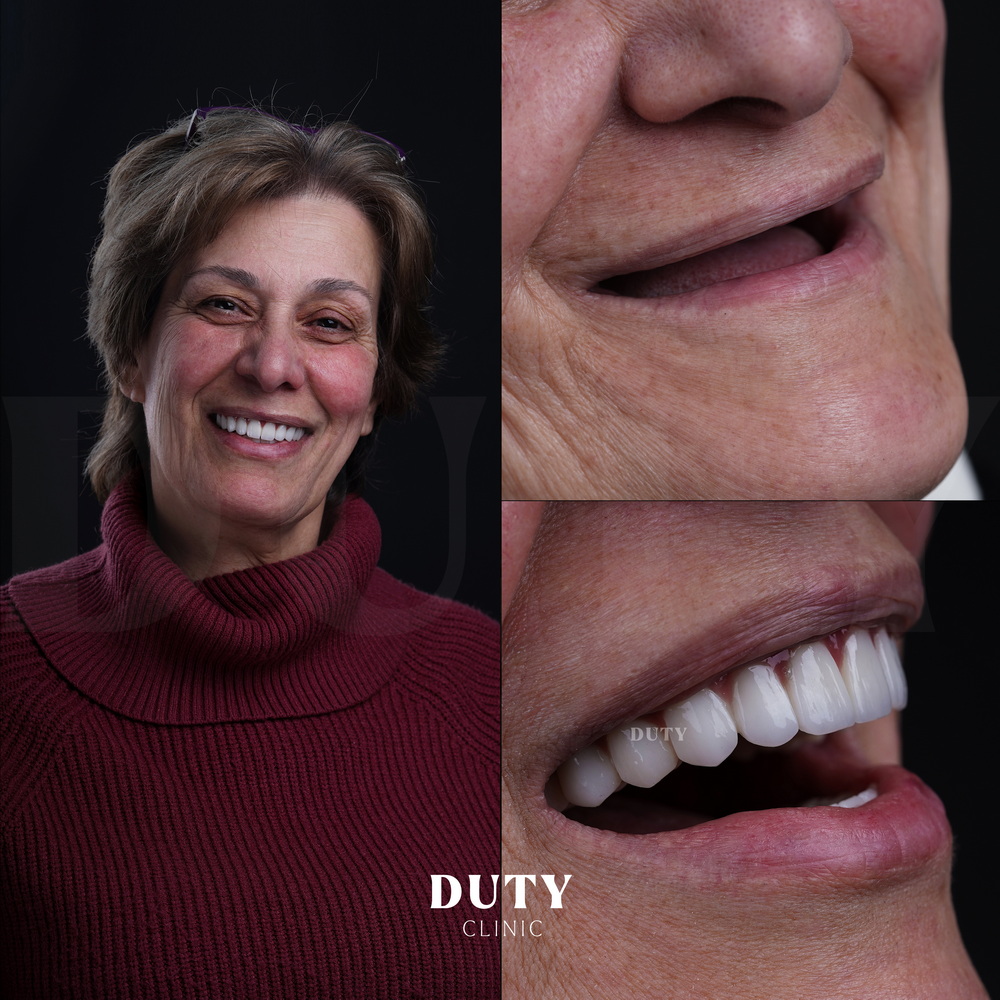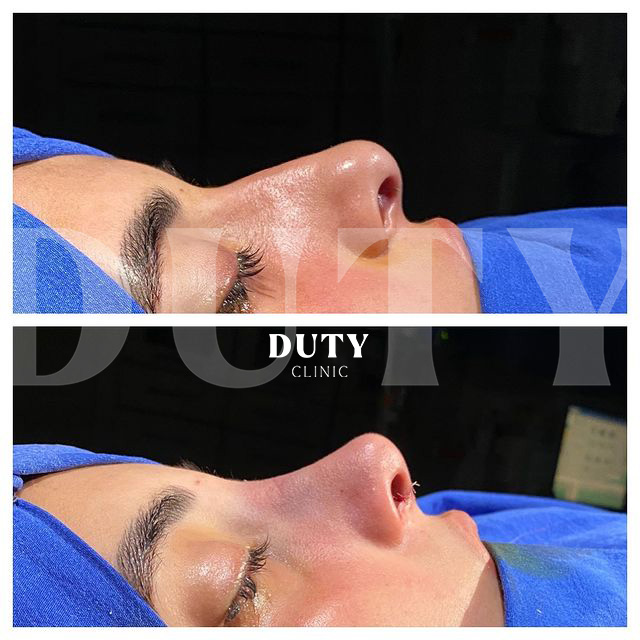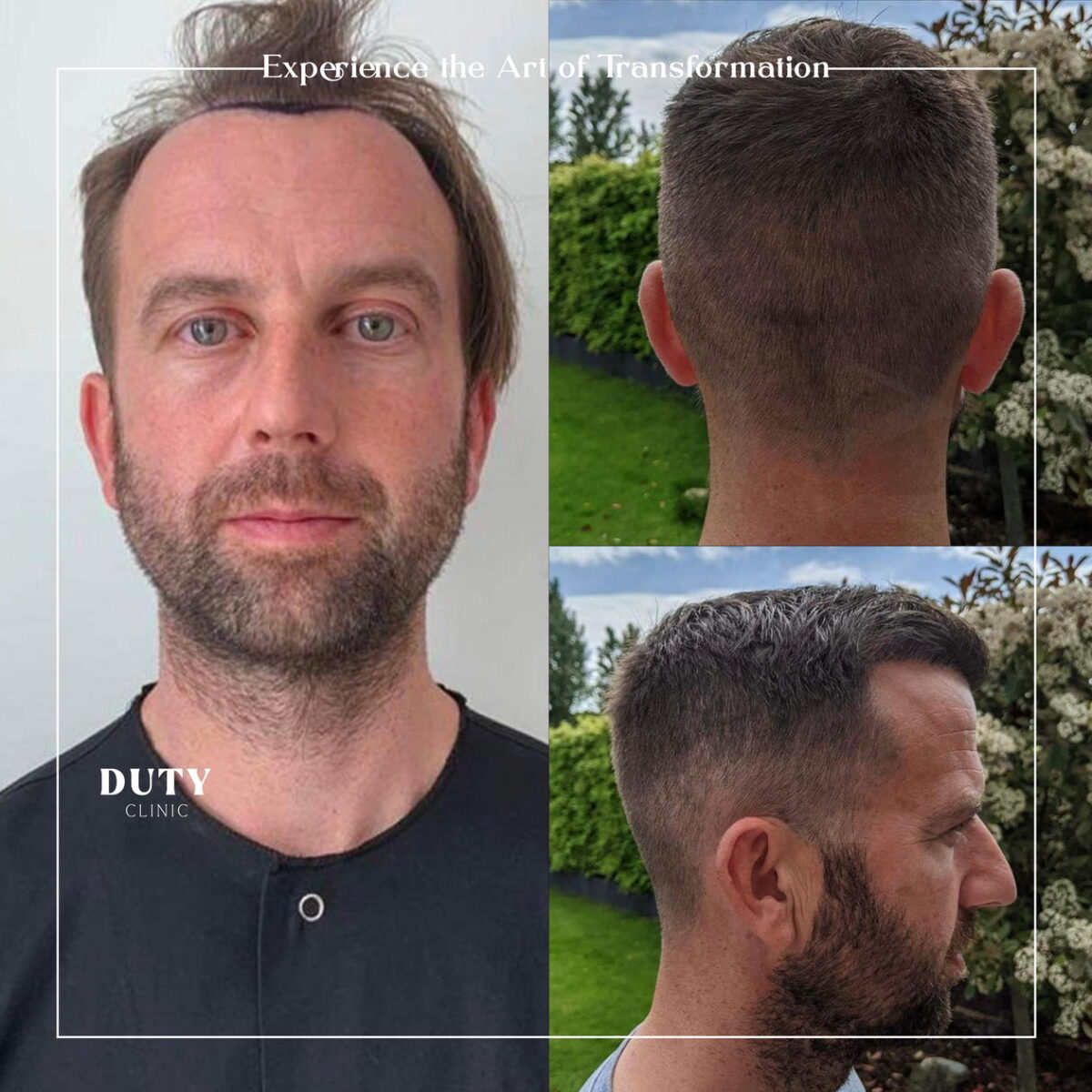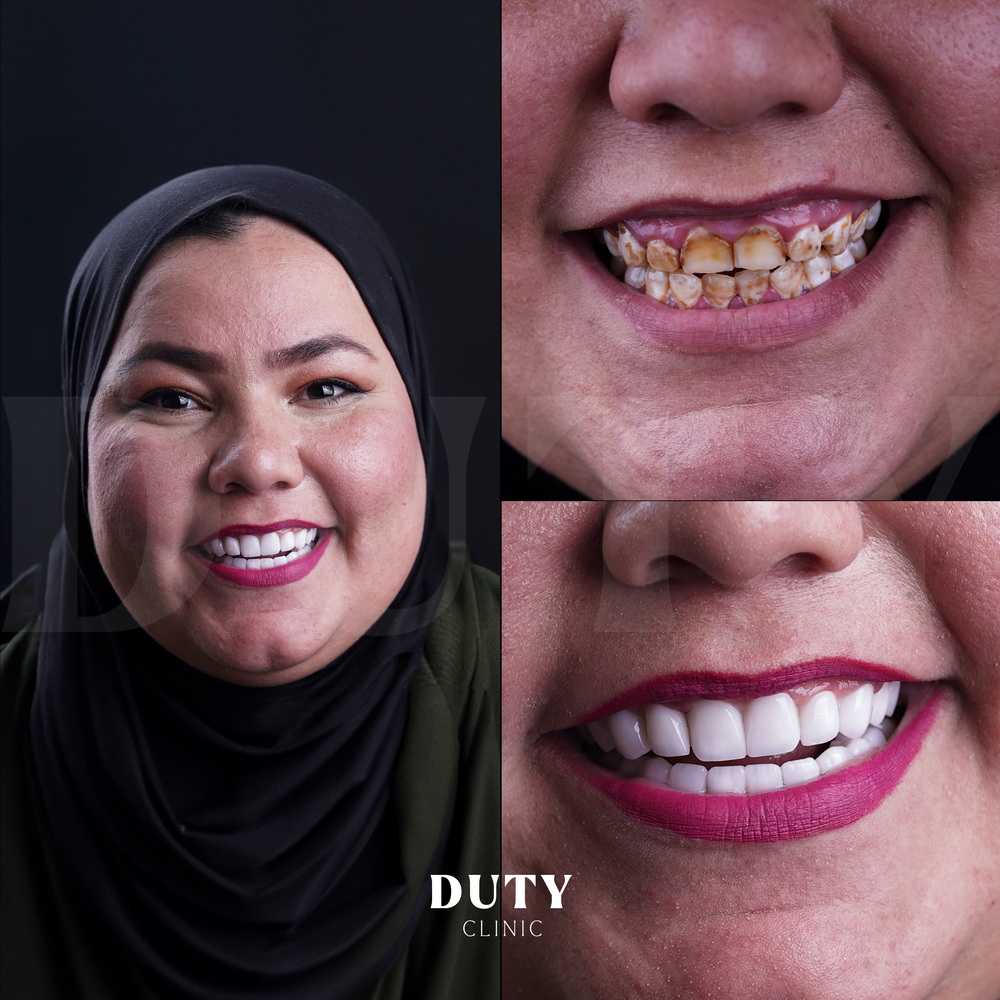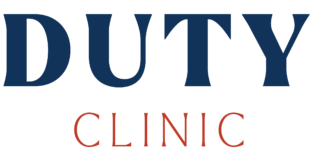In addition to affecting your smile, missing teeth can also impair your speech, chewing, and general oral health. Dental implants are an innovative way to restore lost teeth that looks natural and lasts for a long time. Let’s go over all the information you want regarding dental implants and the reasons they might be the best option for you.
- What Are Dental Implants?
Dental implants are biocompatible titanium prosthetic tooth roots that are surgically inserted into the mandible. For dental restorations like crowns, bridges, or dentures, they offer a solid base.
- Benefits of Dental Implants
✔ Natural Appearance & Function: Implants have the same appearance, texture, and functionality as real teeth.
✔ Long-Lasting Solution: Implants can last a lifetime if properly maintained.
✔ Better Jawbone Health: By stimulating the jawbone, implants, as opposed to dentures, stop bone loss.
✔ No Damage to Adjacent Teeth: Implants do not depend on nearby teeth for stability, in contrast to conventional bridges.
✔ Enhanced Comfort and Confidence: Unlike removable dentures, there is no slippage or pain.
- The Dental Implant Procedure
Three primary steps are usually involved in the implant procedure:
1. Implant Placement: The jawbone is surgically modified to accommodate a titanium post.
2. Osseointegration & Healing: Over a few months, the implant and bone join, providing stability.
3. Crown Attachment: To restore both function and appearance, a specially designed crown, bridge, or denture is fastened to the implant.
- Who Is a Good Candidate for Dental Implants?
✔ People with healthy gums and missing teeth.
✔ Patients with enough jawbone density to sustain an implant.
✔ People who smoke or are prepared to stop for improved healing and long-term success.
✔ People who are dedicated to practicing proper oral hygiene.
- Caring for Your Dental Implants
- As with real teeth, brush and floss on a regular basis.
- Steer clear of smoking and binge drinking.
- For routine examinations and expert cleanings, see your dentist.
- Why Choose Dental Implants Over Other Options?
Unlike dentures and bridges, implants offer a long-term, comfortable, and aesthetically acceptable option for lost teeth. They don’t slip, need adhesives, or cause discomfort, making them the gold standard in tooth replacement.
If you’re thinking about getting dental implants, What are you waiting for? Duty Clinic is here to help and assist you in every way possible, don’t hesitate to contact us at +90 536 779 07 91
. Get dental implants immediately to restore your smile and confidence!


